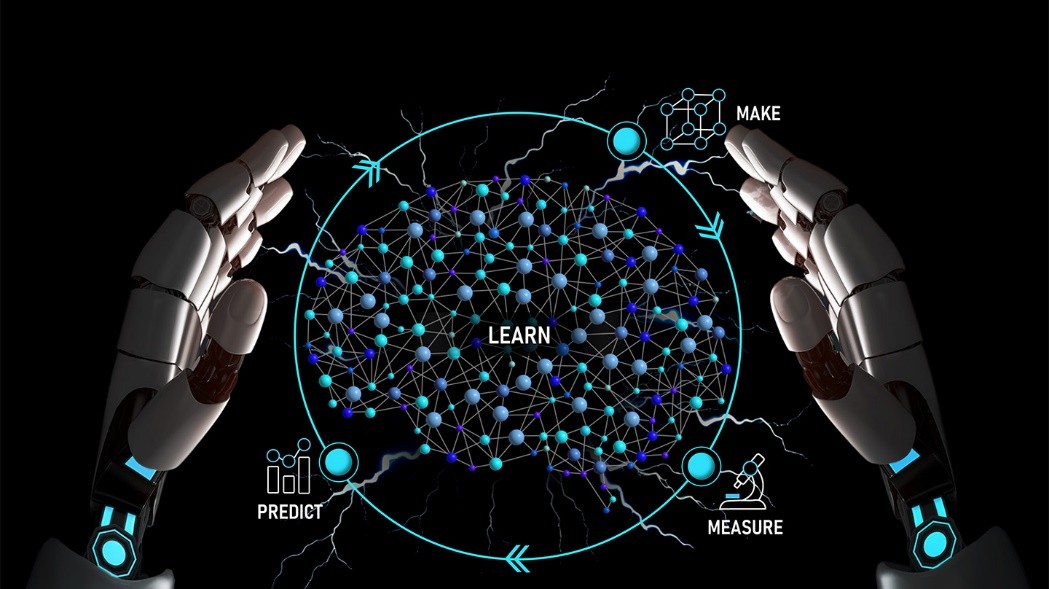Robotics and AI Propel Breakthrough in Autonomous Materials Discovery System
University of Tokyo Unveils Autonomous Lab System for Materials Discovery
Researchers at the University of Tokyo have developed a fully automated digital laboratory system capable of independently synthesizing thin-film materials and analyzing their structural and physical characteristics.
Dubbed the digital laboratory, or dLab, the platform marks a significant leap in data-driven and robotics-enhanced materials research. By combining automated material synthesis with real-time property evaluation, dLab enables high-throughput experiments and accelerates the discovery of new materials.

Figure 1. Autonomous Materials Discovery System.
The breakthrough underscores the growing importance of artificial intelligence and robotics in revolutionizing complex research tasks in materials science. Figure 1 shows Autonomous Materials Discovery System.
From Trial-and-Error to Intelligent Automation
The field of materials science is shifting away from traditional trial-and-error techniques toward smarter, automated processes. Using robotics and machine learning, modern laboratories now resemble high-tech production lines—capable of rapidly producing and evaluating vast numbers of material samples.
The University of Tokyo team emphasized the importance of standardizing material shapes and data collection methods for thin-film and solid materials, which have historically lagged behind liquid-based studies due to their complexity and data variability.
How dLab Works
To address these challenges, the team built dLab, a fully autonomous system composed of modular instruments linked together in a closed-loop network. These robotic systems manage everything from synthesis to advanced property measurement—entirely without human input.
The system can autonomously measure surface microstructure, X-ray diffraction patterns, Raman spectra, electrical conductivity, and optical transparency [1]. It includes two main components: one for automating lab processes and another for managing data collection and analysis.
All measurement instruments output data using a standardized XML format called Measurement Analysis Instrument Markup Language (MAIML), which is uploaded to a cloud-based database for streamlined sharing and analysis. This data is then processed using custom software to extract insights more efficiently, significantly speeding up material discovery.
A Boost for Research Efficiency
Using dLab, the team successfully synthesized lithium-ion battery cathode thin films and analyzed their structure through X-ray diffraction, all autonomously.
By delegating repetitive lab work to robots guided by machine learning, researchers can rapidly generate and process large volumes of experimental data. The approach not only enhances research consistency and speed but also frees scientists to focus on creative and theoretical pursuits.
“Our research aims to speed up discovery in materials science by improving how data is used,” said Professor Taro Hitosugi of the University of Tokyo’s Graduate School of Science. “With robotics and machine learning, we can deepen scientific understanding and uncover new materials faster.”
Toward Standardization and Scalability
Despite recent progress, standardization in solid-state material research remains a challenge. One key issue is the lack of uniform sample shapes and sizes, which limits compatibility across different research tools. The introduction of MaiML, now recognized as a Japanese Industrial Standard, represents a major step forward in resolving data format inconsistencies.
To further improve efficiency, the team plans to standardize the system’s orchestration software and task scheduling features, enabling smoother coordination across multiple experiments and wider exploration of material types.
“We aim to digitize the R&D environment, train researchers to use these advanced tools, and promote seamless data sharing,” said Associate Professor Kazunori Nishio of the Tokyo Institute of Science and lead author of the study.
Reference:
- https://interestingengineering.com/innovation/robotics-drive-materials-research-breakthrough
Cite this article:
Keerthana S (2025), Robotics and AI Propel Breakthrough in Autonomous Materials Discovery System, AnaTechMaz, pp.1143.

